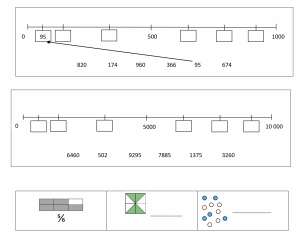My bag was a digital bag with digital things and Tanya’s bag was a physical bag with physical things. I related to absolutely everything in Tanya’s bag, as I carry very similar things- cleaning products, snacks, receipts, writing objects, lip balm… these all travel with me out of the house. I giggled when I saw the Post-It notes, because those are in my top 3 favourite office supplies.
Reflecting on my original post, I never mentioned why I chose a digital bag over a physical bag. When I first read the assignment I was excited, because I remembered this trend on social media, but I never participated in it back then. At the time of the original assignment, I was working from home and didn’t need to commute to my office, and I had recently emptied my purse and only carry a tiny zip wallet with my phone and keys. I thought about curating a photo of what would normally be in my purse but decided that I wanted something natural and real… so digital bag was chosen.
“The two items that I think might stand out the most to an archeologist would be the mask and the sanitizer. These items would gives hints about living in a pandemic.”
Many of my classmates have posted photos with masks and hand sanitizer, giving the viewer context clues, such as approximate year and conditions. My digital bag, on the other-hand, has no indication of living in a pandemic at all, unless you count the large number of food and grocery delivery apps.

